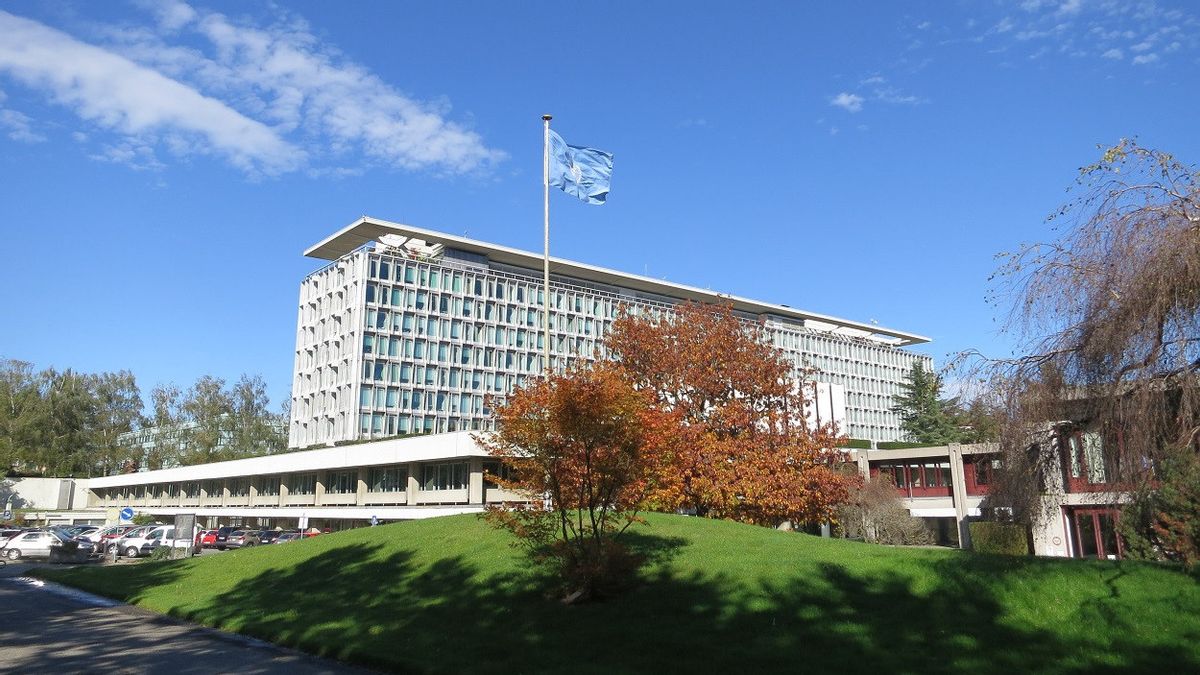JAKARTA - Figures showing a global increase in COVID-19 cases could become a much bigger problem, as some countries also report falling testing rates, the WHO said on Tuesday, warning countries to remain vigilant against the virus.
After more than a month of decline, COVID-19 cases began to rise worldwide last week, the WHO said, with lockdowns in Asia and China's Jilin Province struggling to contain the outbreak.
A combination of factors led to the increase, including the highly contagious Omicron variant and its BA.2 derivative, as well as the lifting of public health protocols and social distancing, the WHO said.
"This increase comes despite a reduction in testing in some countries, which means the cases we are seeing are just the tip of the iceberg," WHO chief Tedros Adhanom Ghebreyesus said.
Low vaccination rates in some countries, driven in part by "a large amount of misinformation" also explain the rise, WHO officials said.
New infections jumped 8 percent globally compared with the previous week, with 11 million new cases and more than 43.000 new deaths reported from March 7-13. This is the first increase since late January.
The WHO further explained, the biggest jump occurred in the Western Pacific region, which includes South Korea and China, where infection cases increased by 25 percent and deaths by 27 percent.
In addition, Africa also saw a 12 percent increase in new cases and a 14 percent increase in deaths, while Europe saw a 2 percent increase in cases but no spike in deaths.
Other regions reported a decline in cases, including the eastern Mediterranean region, although this region saw a 38 percent increase in deaths linked to the previous spike in infections.
Separately, a number of experts have voiced concerns that Europe is facing another wave of the coronavirus, with cases rising since early March in Austria, Germany, Switzerland, the Netherlands, and the UK.
Meanwhile, WHO's Maria Van Kerkhove said at the briefing, the Omicron BA.2 subvariant appears to be the most infectious variant so far.
However, there is no sign that it causes more severe disease, and there is no evidence that other new variants are driving the increase in cases.
In addition, the picture in Europe is also not universal. Denmark, for example, experienced a brief peak in cases in the first half of February, driven by BA.2, which quickly eased.
VOIR éGALEMENT:
Still, experts are beginning to warn the United States could soon see a surge similar to that seen in Europe, potentially boosted by BA.2, the lifting of restrictions, and the potential for reduced immunity from a vaccine administered months ago.
"I agree with easing restrictions, because you can't consider it an emergency after two years," said Antonella Viola, professor of immunology at Italy's University of Padua.
"We just have to avoid thinking that COVID is no longer around. And therefore continue to take the steps that are really needed, which are basically continuous monitoring and tracking of cases, and the maintenance of the obligation to wear masks in places closed or very crowded," he said.
The English, Chinese, Japanese, Arabic, and French versions are automatically generated by the AI. So there may still be inaccuracies in translating, please always see Indonesian as our main language. (system supported by DigitalSiber.id)














